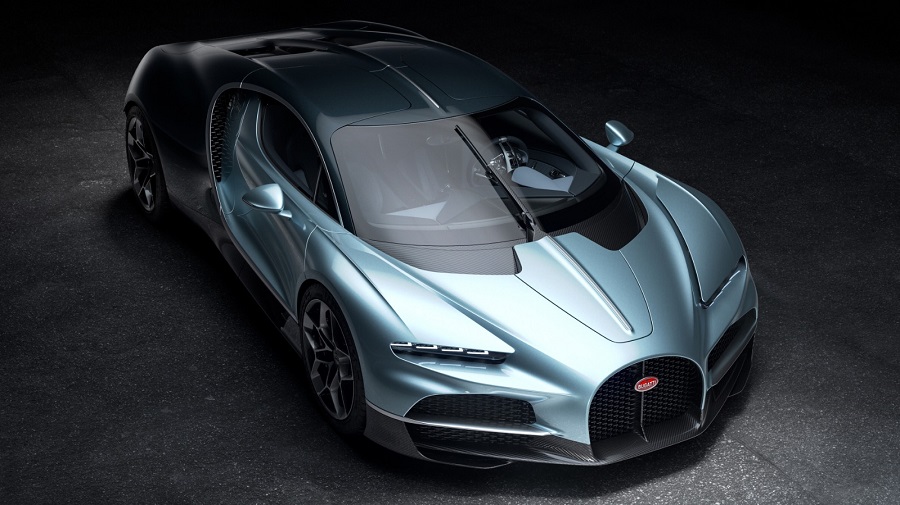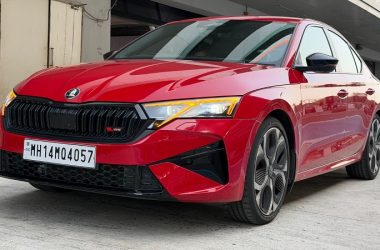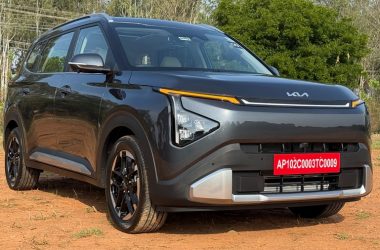In 2004, Bugatti redefined automotive performance and luxury with the Veyron, a 1,001 hp hyper sports car. This groundbreaking vehicle, the first road car to exceed 1,000 hp, was succeeded in 2016 by the Chiron, a 1,500 hp marvel that reset expectations once again. At the heart of these vehicles was the world’s most advanced engine: an 8.0-liter quad-turbo W16. Now, 20 years after pioneering the hyper sports car, Bugatti introduces the Tourbillon, a car that redefines the concept with an entirely new powertrain and platform.

Name and Philosophy
Mate Rimac, CEO of Bugatti, emphasized the influence of Bugatti’s 115-year history and the words of founder Ettore Bugatti in the development of the Tourbillon. “Ettore’s mantras ‘if comparable it is no longer Bugatti’ and ‘nothing is too beautiful’ guided us,” Rimac explained. Icons like the Type 57SC Atlantic, Type 35, and Type 41 Royale served as inspirations, forming the blueprint for a car that embodies beauty, performance, and luxury. The Tourbillon, named after a revered watchmaking invention, reflects Bugatti’s commitment to mechanical timelessness.
Design and Aerodynamics
The Tourbillon is “shaped by speed,” with every surface optimized for aerodynamics and thermodynamics. Key design elements include the horseshoe grille, the Bugatti Line, the central ridge, and the dual color split. Frank Heyl, Bugatti’s Director of Design, drew inspiration from historic models, emphasizing streamlined shapes and bold proportions. Every design decision, from the low roofline to the advanced diffuser concept, enhances performance and aesthetics, creating a sense of speed even at a standstill.
Interior
The interior of the Tourbillon is a testament to timeless design, avoiding digital screens in favor of an analog experience. The instrument cluster, crafted by Swiss watchmakers, consists of over 600 parts and is built to incredibly precise tolerances. The center console combines crystal glass and anodized aluminum, housing intricate mechanisms visible beneath the glass. Hidden high-definition screens offer modern functionality without compromising the car’s timeless appeal. The interior blends practicality and comfort with lightweight, fixed seats, adjustable pedal boxes, and an advanced audio system integrated into the car’s panels.
Powertrain and Performance
The Tourbillon features an all-new 8.3-liter naturally aspirated V16 engine, developed with Cosworth, and paired with an advanced electric powertrain. This combination produces 1,800 hp, with 1,000 hp from the combustion engine and 800 hp from electric motors. The car’s 25 kWh oil-cooled 800V battery enables a range of over 60 km in all-electric mode. Despite its power and hybrid system, the Tourbillon weighs less than the Chiron, showcasing Bugatti’s engineering prowess.
Engineering
Built around a new chassis and body structure made from next-generation T800 carbon composite, the Tourbillon integrates advanced suspension systems and brake technologies. The lightweight, rigid structure incorporates 3D-printed aluminum components and a sophisticated crash composite rear diffuser. The car features a brake-by-wire system, Michelin Pilot Cup Sport 2 tires, and a compact, efficient electric axle system, providing unmatched performance and agility.
Coming in 2026
Bugatti’s CEO, Mate Rimac, highlighted the company’s uncompromising approach, drawing inspiration from Ettore Bugatti’s relentless pursuit of perfection. The Tourbillon, with its new V16 engine, advanced hybrid powertrain, and timeless design, embodies this spirit. Testing is underway, with customer deliveries expected in 2026. A total of 250 units will be produced, starting at €3.8 million (INR 33.98 crore), each hand-assembled at the Bugatti Atelier in Molsheim, continuing the legacy of Bugatti’s engineering excellence.
The Bugatti Tourbillon promises to be an icon, not just for the present but for eternity, setting new benchmarks in the world of hyper sports cars.







